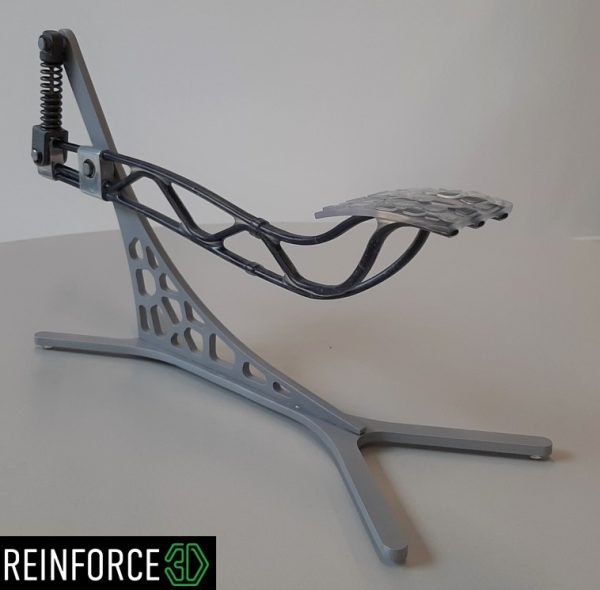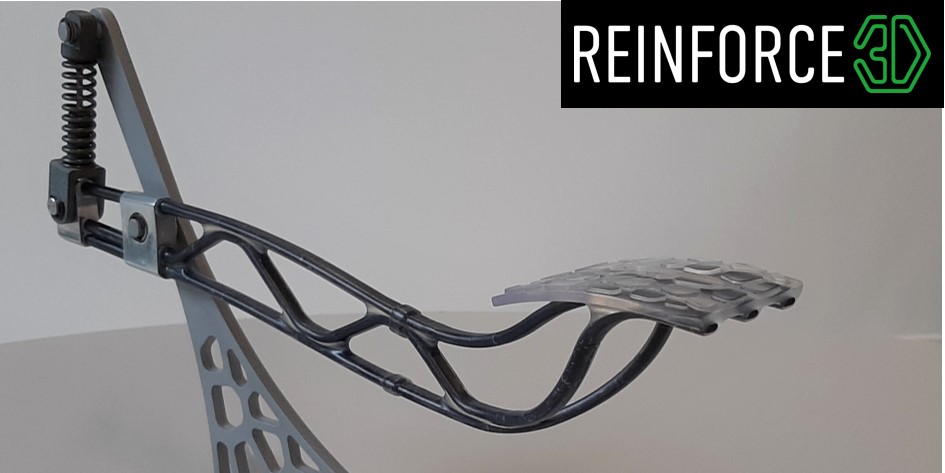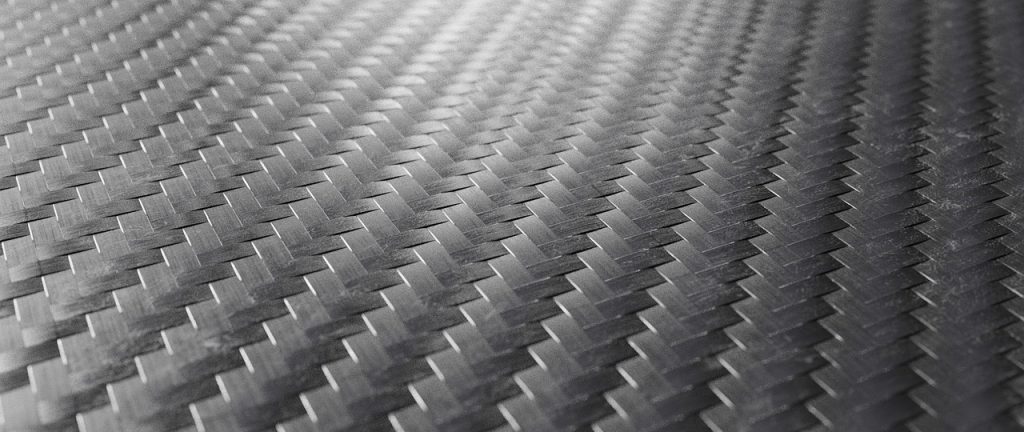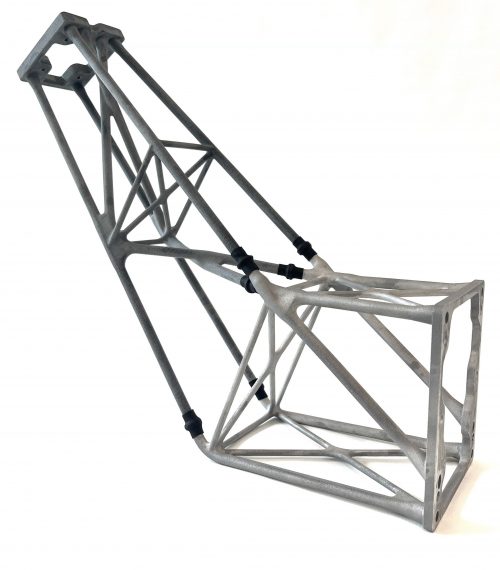Lightweight materials, such as carbon fiber, have always been an important consideration in the design of products across numerous industries, from automotive and aviation to renewable energy and sporting goods. In line with global trends towards CO2 reduction and resource efficiency, the need for lighter and more efficient parts is becoming increasingly vital.
Whilst lightweighting is an important consideration across many sectors, it is of particular importance for the automotive industry. The weight of a part has a huge impact on vehicle autonomy, fuel consumption and the related costs and emissions of CO2. According to a recent report by McKinsey & Company, while the lightweight share is currently highest in aviation at almost 80%, automotive is predicted to significantly increase the lightweight share from 30% to 70% by 2030.
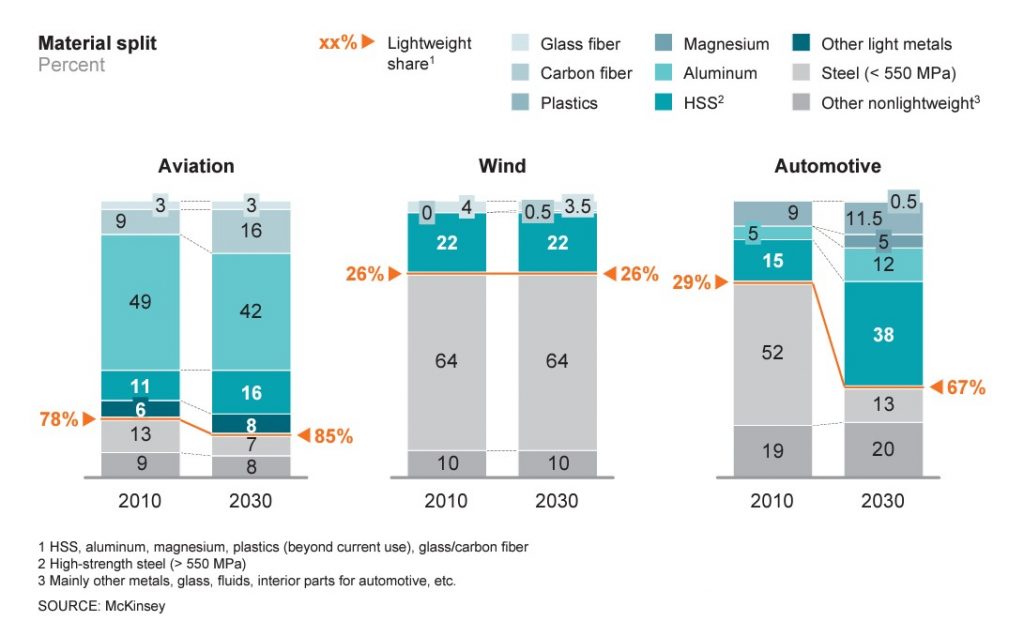
The use of lightweight materials is a largely cost-effective measure to reduce CO2 emissions within the automotive sector, which is currently a key driver for change in the industry in line with European regulations. The increased weight and system cost considerations for electric vehicles (EVs) are also triggering an additional need for lighter and more efficient components across the industry. With the extra weight of batteries and associated electronics systems, automotive OEMs are increasingly placing emphasis on innovative design techniques and materials to reduce as much weight as possible from their vehicles, without compromising on safety and durability.
The promise of carbon fiber
Carbon fiber is currently one of the most discussed lightweighting materials due to its high mechanical properties and low density. Despite the high cost associated with carbon fiber at present, a significant cost decline is expected to take place over the next two decades for automotive carbon fiber applications. Since the material has the biggest weight/strength ratio advantage over comparable materials like aluminium and high-strength steel, its use is set to increase hugely in selected automotive applications.
CFIP as an effective tool for lightweighting
Reinforce3D’s patented Continuous Fibre Injection Process (CFIP) is a new post-process technology that drastically improves the mechanical and lightweighting performance of 3D printed parts by reinforcing them with continuous fibers such as carbon fibers. The process is based on injecting the continuous fibers simultaneously with liquid resin inside tubular cavities within the part. The part is then cured so that the resin, once solidified, works as a mechanical interface between the fibers and the rest of the part.
Besides reinforcement, the technology also enables the integral joining of different parts by providing fibre continuity through them to deliver an ultra-high joining performance. This new capability allows the efficient manufacturing of large, multi-material and multi-process structures that are lighter while retaining necessary mechanical properties such as strength and stiffness.
Lightweighting automotive parts with CFIP
One application where CFIP has proven its lightweighting capabilities is in a car brake pedal. The pedal was manufactured by the integral joining of different parts, selecting the most efficient manufacturing method and material for each one according to the mechanical requirements in each zone, but also to costs and production targets. The figure below shows the pedal before the CFIP process, indicating the materials and processes used.
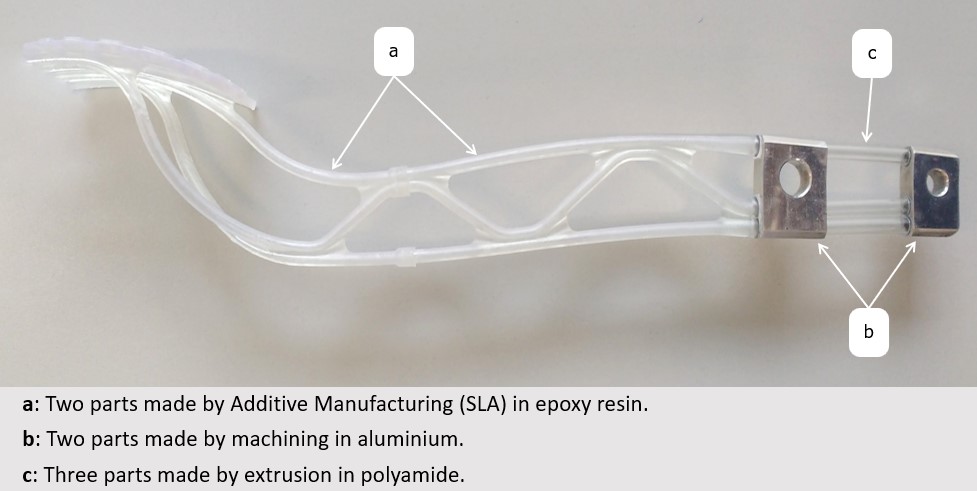
Then, continuous carbon fibers and resin were injected by CFIP into the tubular cavities within the brake pedal. The carbon fibers were aligned to the most efficient direction following complex trajectories in order to deliver optimal mechanical and lightweighting performance.
The various materials and manufacturing processes used to produce the brake pedal prove the multi-material capabilities of CFIP, which can be used in for any existing manufacturing process (3D printing and traditional) and material (polymers, metals and ceramics). This is particularly beneficial for automotive applications such as this, where each zone of a part often has different mechanical requirements and where cost and production targets must be taken into account.
The smart combination of translucent polymer and metallic parts left the inner carbon fibres in plain sight to create a unique aesthetic effect. The end result was a lightweight yet strong and stiff part that retained its mechanical properties while providing improved aesthetics, adding the potential for the mass-customization of the product. Watch the CFIP technology in action here.
Overhauling additive manufacturing
Disruptive technologies like CFIP can aid additive manufacturing’s role in a variety of industries through improving the performance and cost-effectiveness of countless applications. Carbon fibre reinforcement is just the beginning of unlocking the potential of the 3D printing sector and accelerating the adoption of manufacturing across industrial sectors.
While the automotive industry is one key area where Reinforce3D’s CFIP technology can make a significant impact in terms of lightweighting performance, other critical industries such as aerospace will soon also experience the benefits of carbon fiber reinforcement to produce lighter, more efficient and more cost-effective parts.
